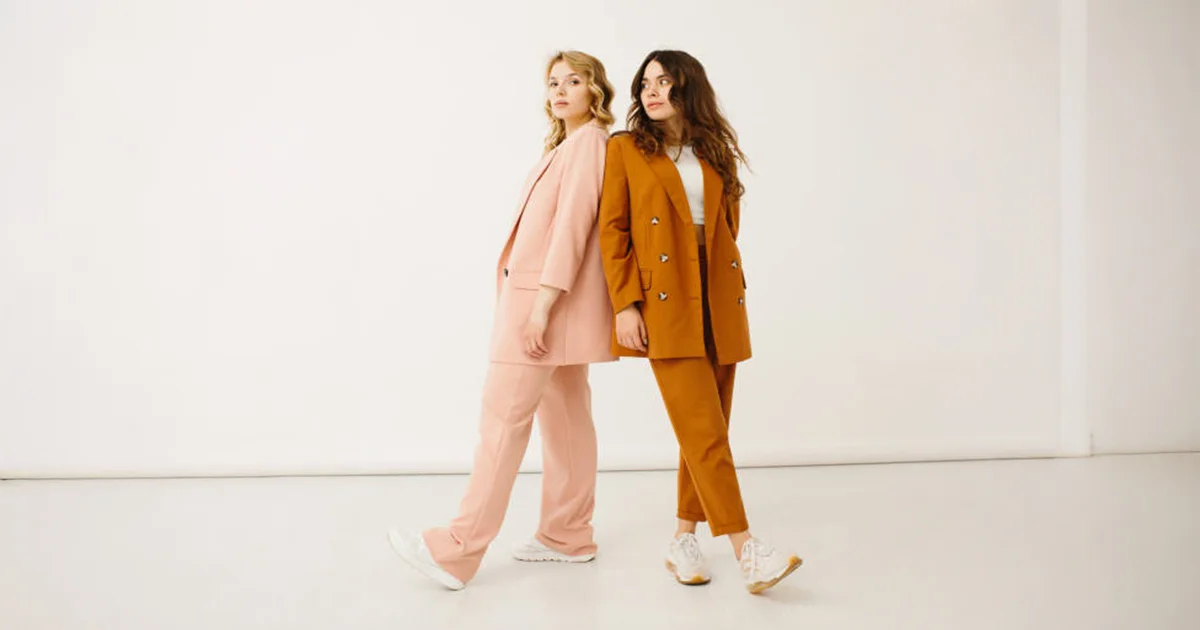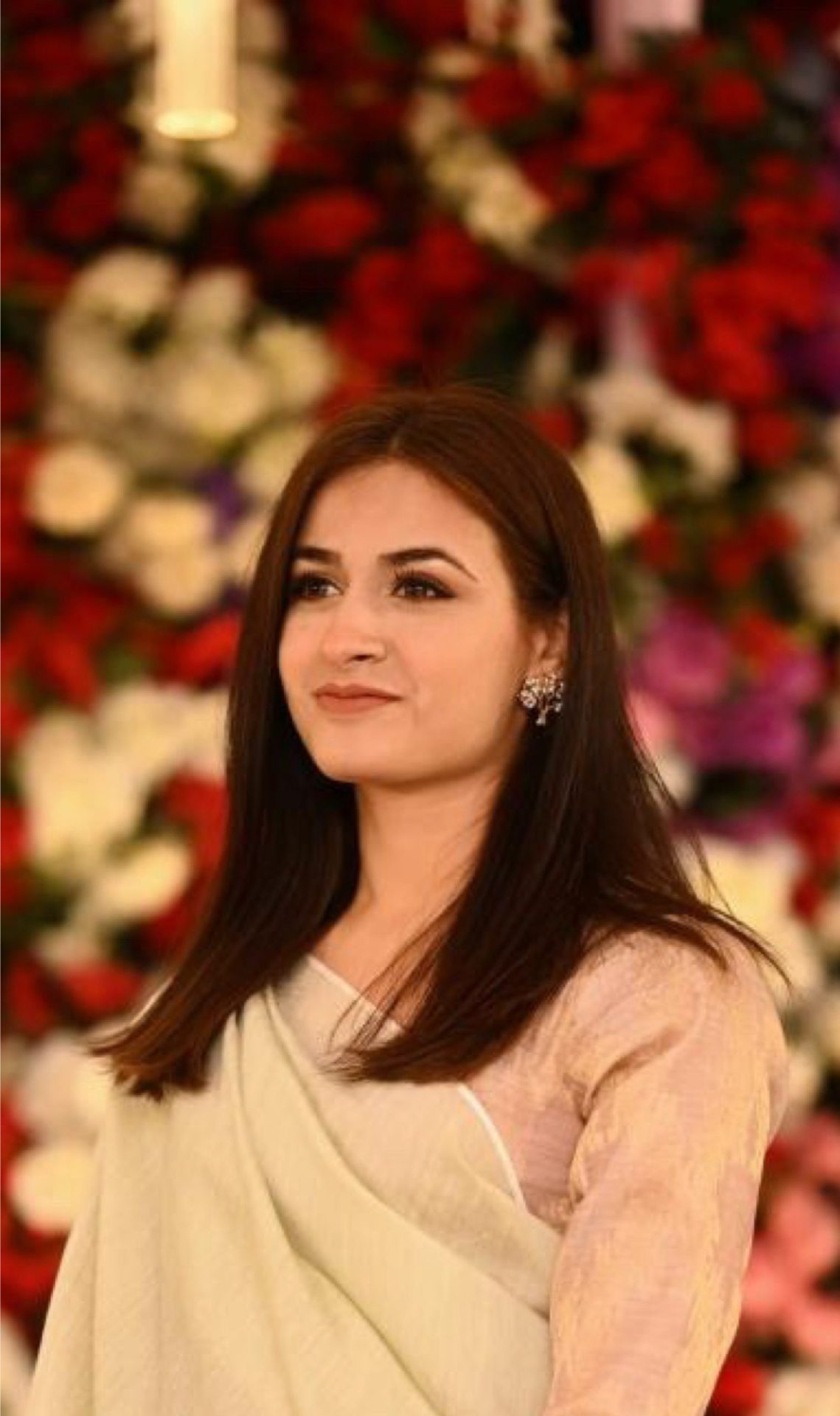Channel your inner Vogue and Confidence!

Fashion is more than just clothing—it’s a powerful expression of identity, creativity and cultural evolution. From the runways of Paris to the streetwear of Tokyo, fashion shapes how we see the world and how the world sees us. It reflects our personalities, social values and even political movements. In today’s globalized and digital age, fashion plays a vital role not only in self expression but also in economies, sustainability and social change.
This article explores the multifaceted world of fashion—its history, significance, current trends, and the direction it’s heading in the future.
Fashion has always been influenced by time, geography, and society. In ancient civilizations, garments symbolized class and status. Egyptian linen robes, Roman togas and Chinese silk outfits weren’t just practical—they were statements of identity and power.
In the Middle Ages, fashion was heavily dictated by the aristocracy, with sumptuary laws determining who could wear what. During the Renaissance and Enlightenment eras, fashion began to embrace individuality and artistic expression. By the 20th century, fashion had become a global industry, with designers like Coco Chanel, Christian Dior and Yves Saint Laurent revolutionizing what people wore and why they wore it.
In the 21st century, fashion is democratized. No longer restricted to the elite, it’s accessible to anyone with an internet connection. It’s not only about trends but about making personal and political statements.
Fashion today serves several purposes:
Every region in the world has a unique fashion culture. In India, vibrant saris and intricate embroidery express cultural richness. In Africa, bold prints and hand-woven fabrics highlight tribal traditions. Japan’s minimalist street fashion juxtaposes centuries-old kimono designs. The West continues to blend casual and formal with fast-changing seasonal trends.
Globalization has enabled a cultural fusion, where traditional attire is being reinvented in contemporary ways. Cultural appreciation (and sometimes appropriation) has become a major topic in fashion circles, emphasizing the need to respect and understand the roots of design elements.
Fashion is a multi-trillion-dollar global industry. It encompasses design, manufacturing, marketing, retail and more. It creates millions of jobs—from textile workers in developing nations to luxury designers in fashion capitals. These cities host fashion weeks, drawing media, celebrities, buyers, and influencers from around the world.
Today, online shopping and fast fashion have made fashion more accessible than ever. Brands like Zara, H&M and Shein have revolutionized how quickly trends reach the consumer. However, this rapid consumption model has sparked debates around ethics, sustainability and the environmental toll of mass production.
Fashion trends are no longer dictated only by magazines and runway shows. Social media, influencers and street style have become powerful trendsetters. Here are some major themes shaping today’s fashion world
As environmental awareness grows, sustainable fashion is gaining traction. Brands are focusing on ethical sourcing, eco friendly materials and slow fashion models that promote durability over disposability.
The line between menswear and womenswear is increasingly blurred. Designers are embracing androgyny, and many brands are releasing unisex collections that cater to all identities.
With the rise of the metaverse and virtual influencers, digital fashion is emerging. People are now buying outfits for their avatars, and designers are creating clothes that exist only in the digital world.
Gen Z and millennials are reviving vintage styles. Thrifting, upcycling and second hand shopping are popular ways to stay fashionable while reducing waste.
Fashion today embraces both ends of the spectrum. While some prefer clean, simple aesthetics, others express themselves through bold patterns, colors and accessories.
Technology is transforming fashion in exciting ways. From AI generated designs to 3D-printed garments, innovation is at the heart of modern fashion.
This intersection of tech and fashion is not only practical—it’s changing the way we design, shop, and interact with clothing.
Fashion is deeply intertwined with identity. Whether it’s expressing gender, religion, politics, or personality, what we wear often speaks louder than words.
Clothing becomes a canvas for storytelling—of history, struggle, pride and individuality.
Fashion’s future is exciting and uncertain. The industry is navigating challenges such as climate change, digital disruption, and changing consumer behaviors. Yet it continues to innovate and inspire.
Key trends to watch:
Fashion will likely become more personalized, sustainable and inclusive, reflecting the values of a new generation of conscious consumers.
Fashion is not just about fabric and stitching—it’s about who we are and how we choose to show ourselves to the world. It’s an ever-evolving form of communication, art and social change. From the catwalk to the sidewalk, fashion continues to shape culture and challenge norms.
As we move forward, the most fashionable thing we can wear is awareness—of ourselves, our planet and the diverse world around us. Because real style isn’t just about following trends—it’s about setting them, with purpose and authenticity.

The Fashion and Style enthusiast with a flair for drama and entertainment! A millennial on the lookout for the trending styles inspired by and believes in: “You can get anything in life if you have the right dress for it!” Adding a little magic through the power of words and not holding back on fashion and styling opinions! Let’s connect to stay on top of trend alerts and the who is who of Fashion world and get inspired to give your personality the styling oomph you’ve been craving for! Nageen Abbas at Vogue Vocal is the brains behind our Woke Vogue and Lifestyle Library!